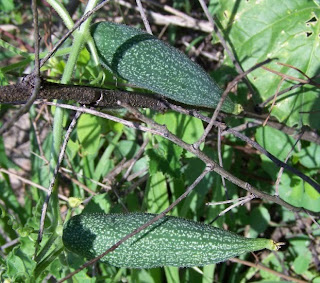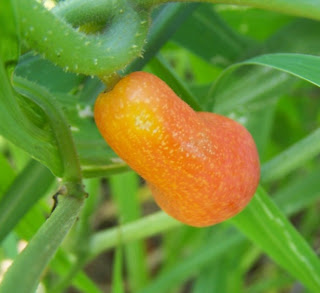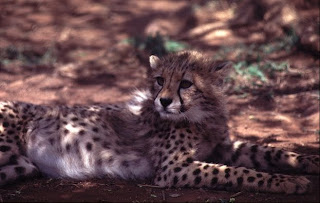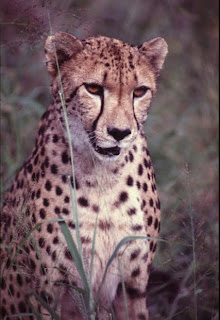Found in the central and northern regions where there is inland water as well as open grasslands.
Solitary when feeding but roosts in colonies.
Eats frogs, insects, rodents, fish and small reptiles.
The nest is a platform of sticks in trees where it lays an average of 2-4 eggs.
Info: Robert’s Birds of Southern Africa

.jpg)
.jpg)
.jpg)
.jpg)
.jpg)





















 The tail of these beautiful creatures is moved from right to left like rudders to facilitate their changing direction when in high speed pursuit of an intended victim.
The tail of these beautiful creatures is moved from right to left like rudders to facilitate their changing direction when in high speed pursuit of an intended victim. 
 Cheetahs are easily distinguished. Even at a distance, the muscular shoulders sloping down to their hind quarters, stream-lined belly and small head can be seen.
Cheetahs are easily distinguished. Even at a distance, the muscular shoulders sloping down to their hind quarters, stream-lined belly and small head can be seen. Females will breed only after the current litter reaches the age of about two years. They are found in small family groups of two to five.
Females will breed only after the current litter reaches the age of about two years. They are found in small family groups of two to five.


















